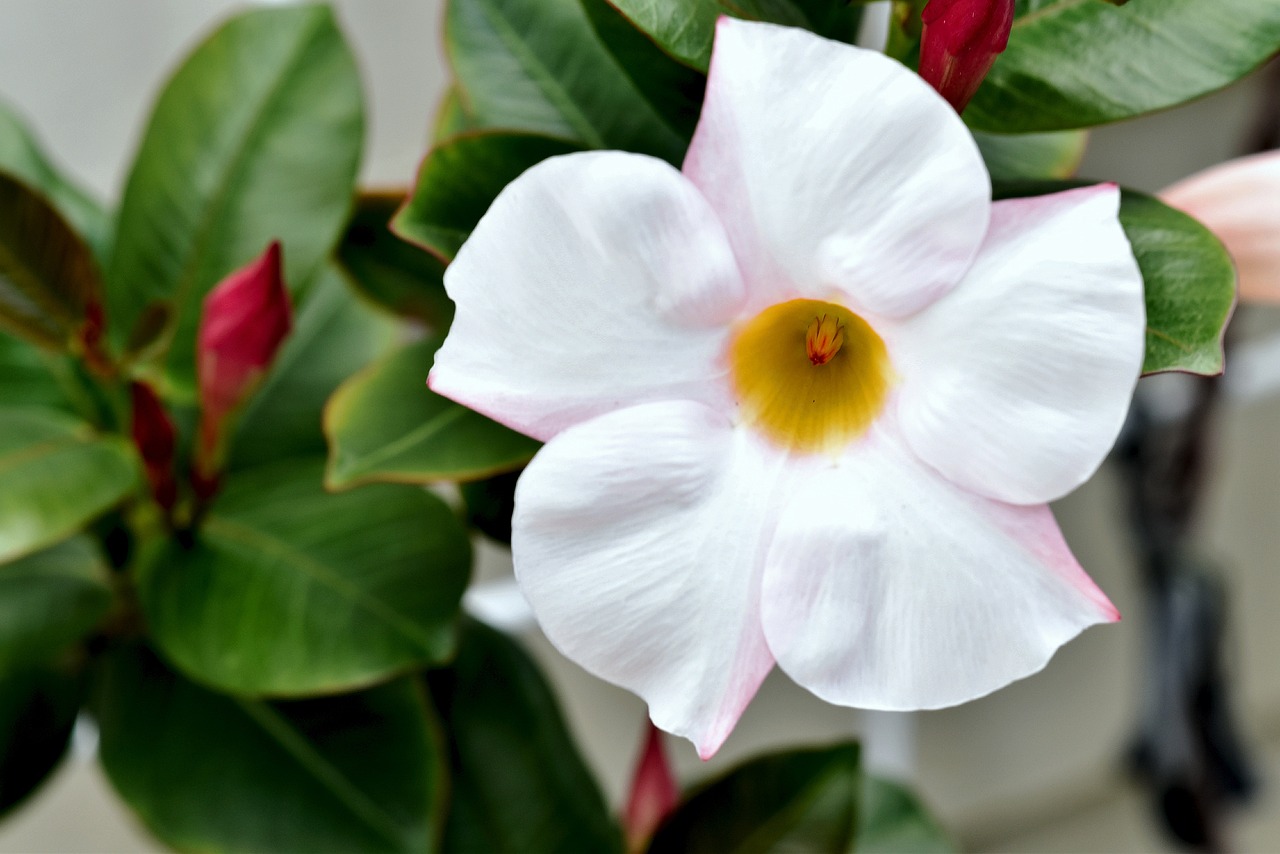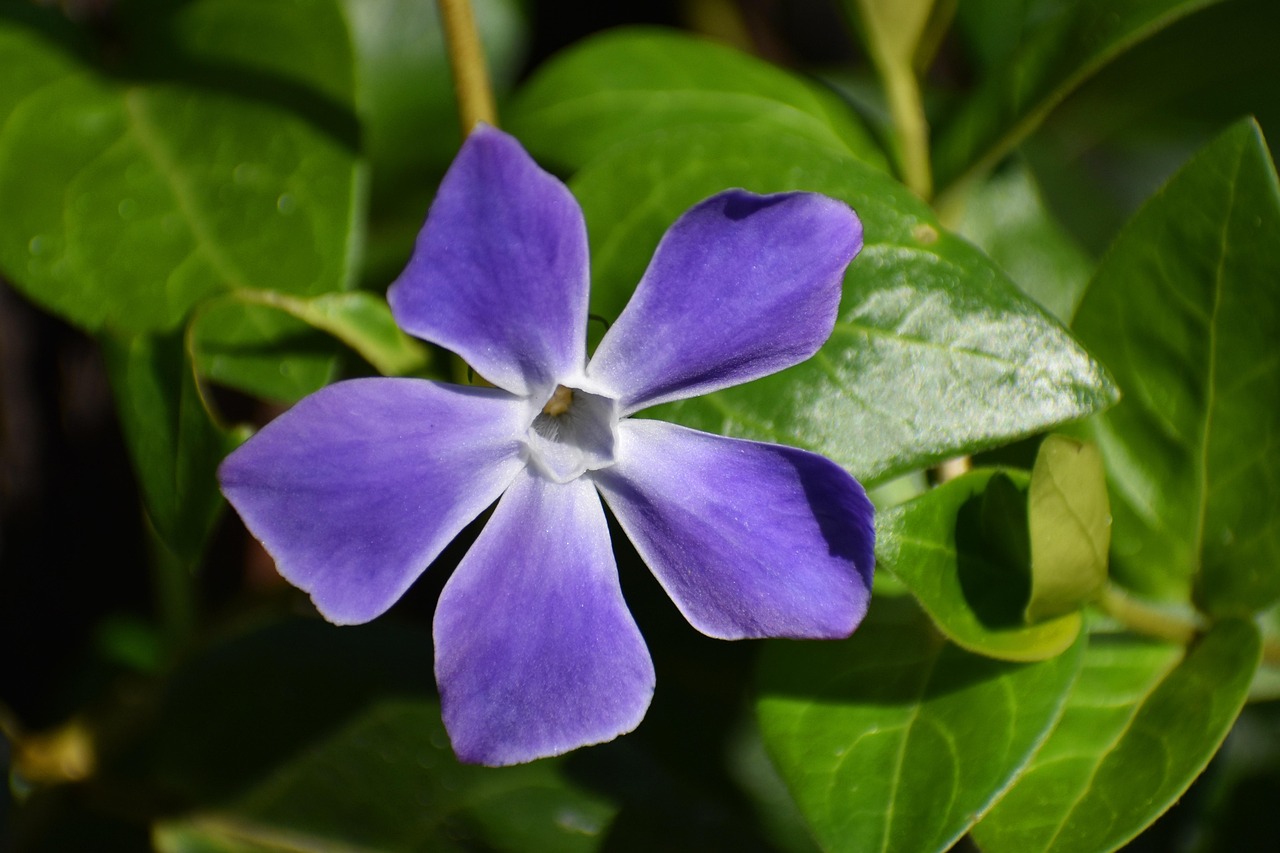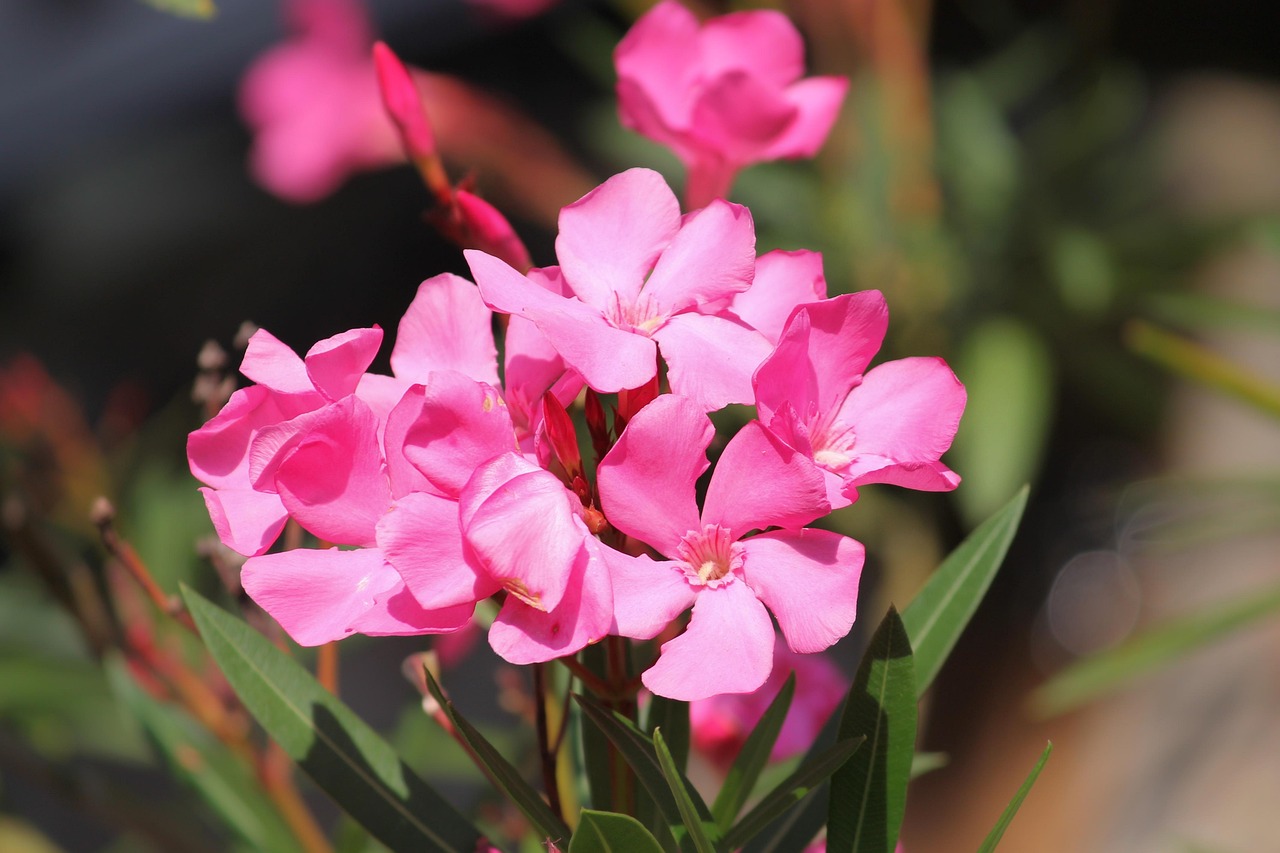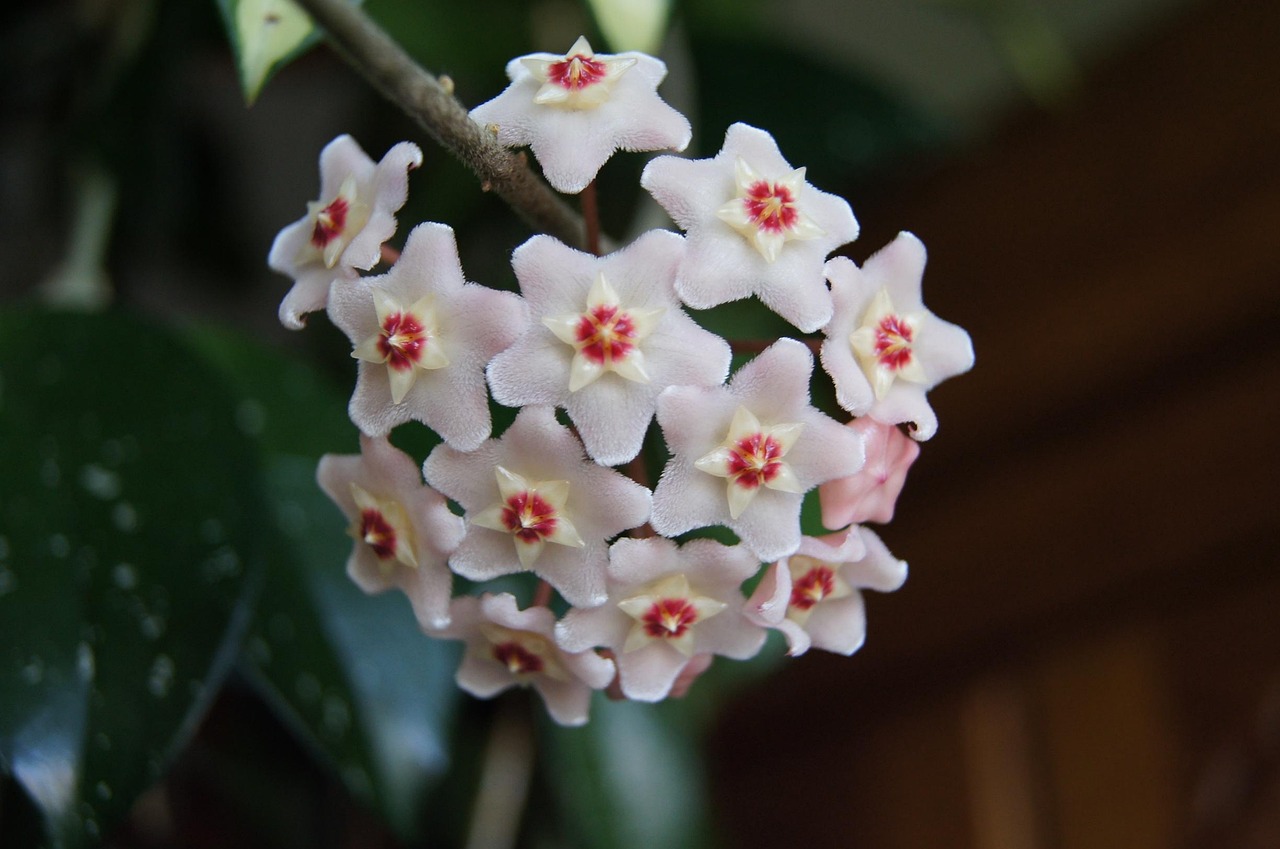Allamanda | A Climbing Flower Nurtured by the Sun of Latin America
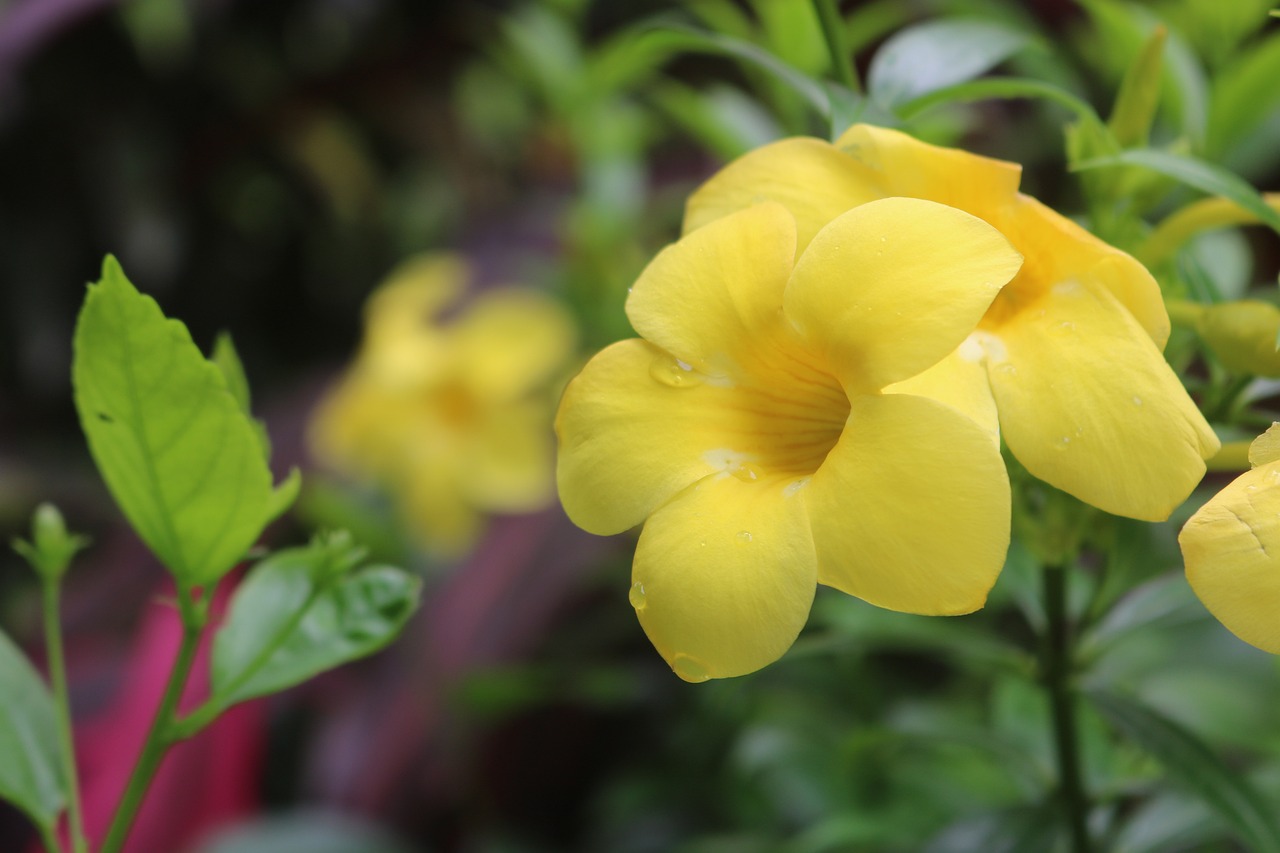
Allamanda is an evergreen shrub that produces vibrant yellow flowers and thrives in warm climates. Thanks to its bright blossoms and resilient nature, it has become a beloved ornamental plant around the world.
In this article, I will explain the basic information, cultural significance, history, and cultivation tips for Allamanda.
Basic Information
- Scientific name: Allamanda spp.
- Family: Apocynaceae
- Origin: South America, mainly tropical regions of Brazil
- Appearance: Grows as a climbing plant or a shrub, producing large, bright yellow trumpet-shaped flowers. The leaves are glossy green and arranged oppositely or in whorls.
- Flowering season: Blooms over a long period from spring to autumn.
Cultural Significance Around the World
The vivid yellow flowers of Allamanda are often called the “flower of the sun” and are seen as a symbol of brightness and hope in many cultures.
In South America, especially in Brazil, it is widely planted in gardens and parks, where it is cherished as a key plant that enriches tropical landscapes.
In the Caribbean, Allamanda is often used to decorate resort hotels and beaches, adding a festive tropical charm. Because its flowers resemble trumpets, it is sometimes considered a “flower that brings happiness.”
In Asia’s warm regions, it is also valued as an ornamental plant. In India, its golden flowers symbolize prosperity and happiness, and they are frequently planted in temples and public gardens.
Historical Background
Allamanda was introduced to Europe in the 18th century, where its beauty attracted the attention of gardeners.
In France and England, it became popular as a tropical plant cultivated in greenhouses, and it was treasured in the gardens of aristocrats and botanical collections.
By the 19th century, due to colonial expansion, Allamanda spread to tropical and subtropical regions, particularly the Caribbean and Southeast Asia.
In the United States, it was introduced to warm regions such as Florida and Hawaii, where it is now widely used as an ornamental plant for streets and parks.
Gardening Advice
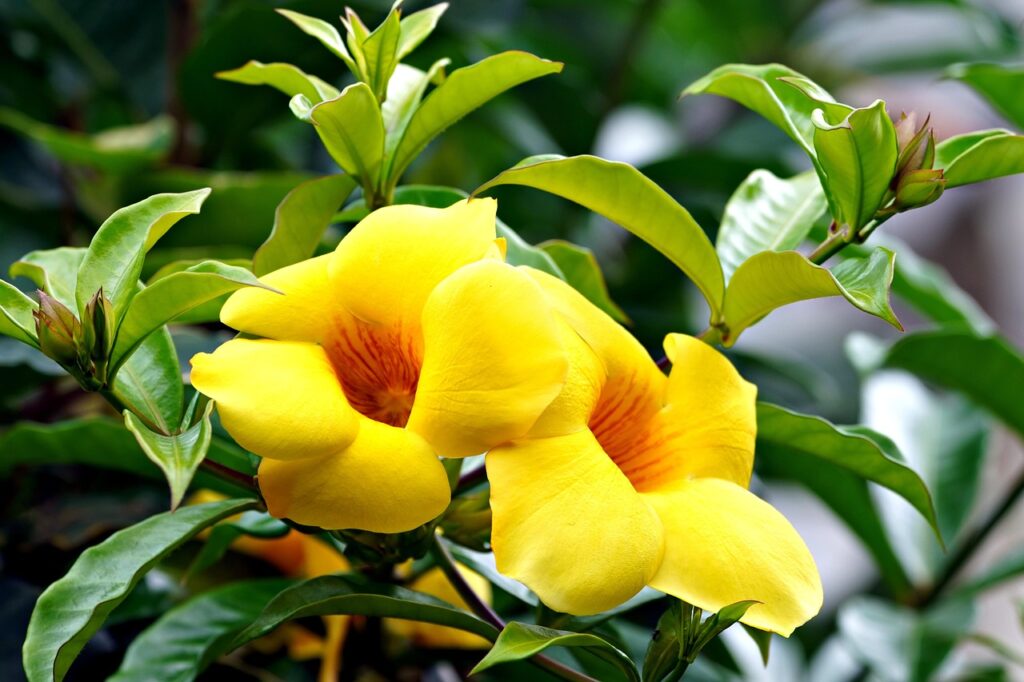
To grow Allamanda healthily and enjoy its beautiful flowers, consider the following points:
Sunlight
Prefers sunny locations. Outdoors, direct sunlight is ideal.
Watering
Water thoroughly when the soil surface becomes dry. It prefers humidity, but poor drainage can cause root rot.
Soil
Well-draining soil is essential. A mix of humus soil or sandy soil is suitable.
Fertilizer
Apply liquid fertilizer about twice a month during the growing season to promote flowering.
Pruning
Since the vines may grow excessively, moderate pruning helps maintain shape and makes care easier.
Cold resistance
Sensitive to cold. In winter, bring it indoors or provide protective measures.
Conclusion
Allamanda is a tropical plant with bright yellow blossoms, cherished worldwide as an ornamental feature in gardens and parks.
In South America, especially Brazil, it symbolizes the tropical landscape, while in the Caribbean and India it is considered a flower of good fortune.
Introduced to Europe in the 18th century, it gained popularity in greenhouse cultivation and later spread to tropical and subtropical regions. Today, it can also be seen in warm areas such as Florida and Hawaii.


